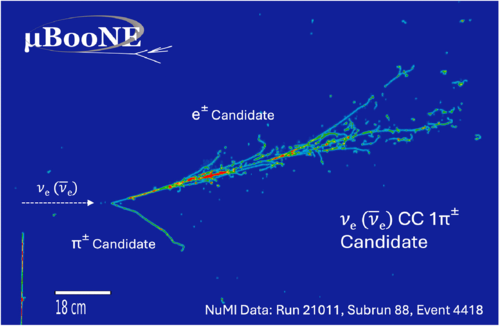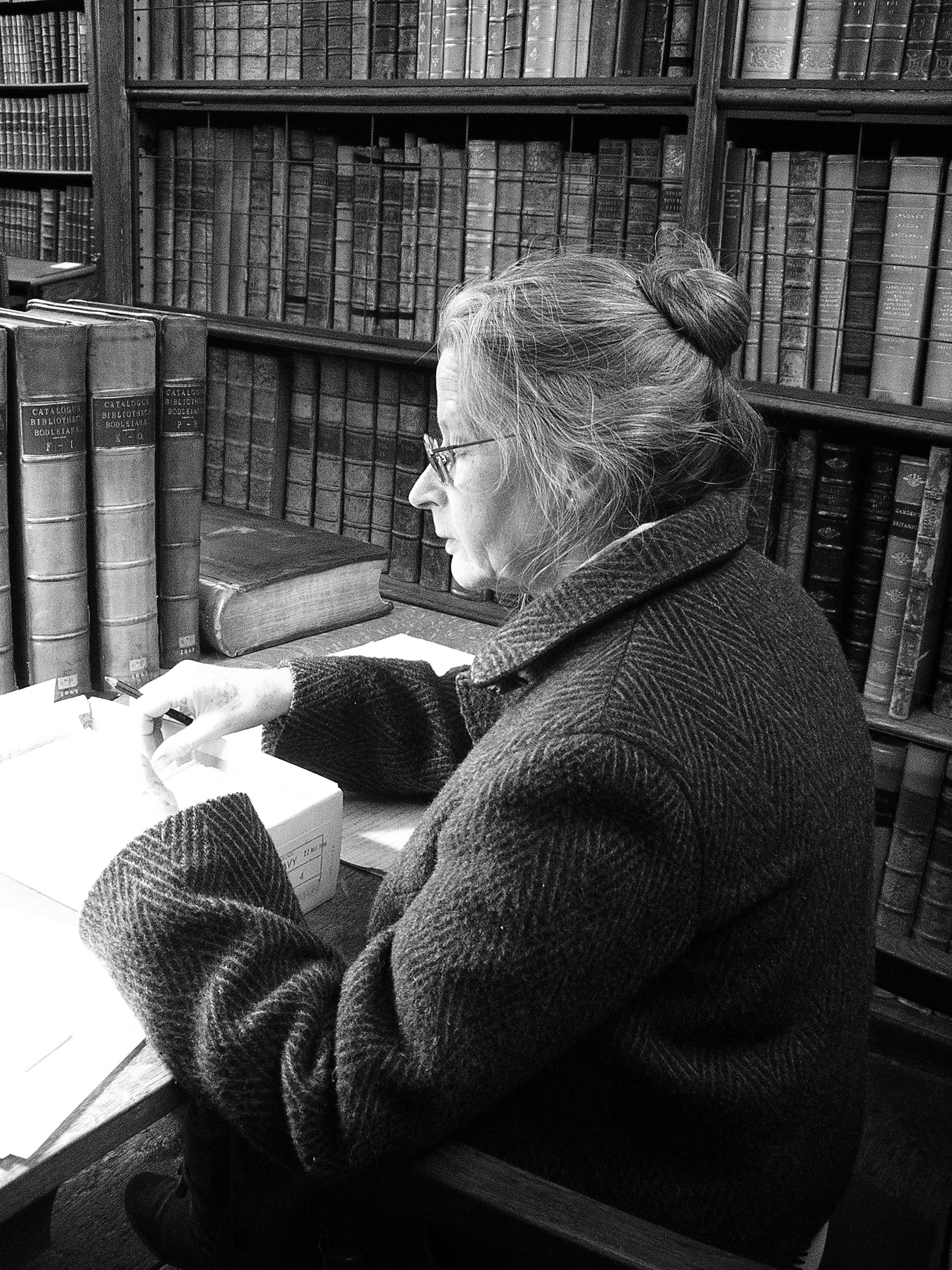Fellow in Physics Dr Kirsty Duffy is Physics Coordinator for the international experimental collaboration MicroBooNE, which has just performed the first ever measurement of electron neutrino interactions on argon producing outgoing charged pions. The findings were reported in a cover article of Physical Review Letters, the leading journal in the field.
This neutrino interaction type has never previously been possible to measure directly due to limited data statistics, but is one of the primary interaction types expected at the upcoming Deep Underground Neutrino Experiment (DUNE). DUNE is a flagship neutrino experiment, expected to collect data from the 2030s, where Oxford researchers and collaborators aim to untangle the differences between matter and antimatter in neutrino oscillation.
MicroBooNE is a liquid argon-based neutrino detector that uses similar detector technology to DUNE and is located at Fermilab, USA. To achieve this measurement, researchers used the full MicroBooNE data-set from Fermilab’s NuMI neutrino beam for the first time. In addition, novel reconstruction and selection techniques were developed to address the challenges in identifying this complex topology.
Dr Duffy said:
The fundamental difficulty with all neutrino experiments is that neutrinos themselves are invisible in our detectors. Because they are light, electrically neutral, particles, they leave no trace. Often the only sign we have that a neutrino was there is when it interacts in the detector, producing secondary charged particles that we can track. We end up trying to work backwards from what we measure in our detector to trying to understand the neutrino that produced it, and work out its flavour and energy. Because of this, a good understanding of how neutrinos interact is vital — any misunderstandings in our neutrino interaction model could directly result in uncertainties or errors in our measurements of fundamental parameters like neutrino oscillation or charge-parity violation.
‘This measurement provides key insights for improving worldwide understanding and modelling of these interactions, as well as for reconstructing and identifying them in liquid argon neutrino detectors,’ concludes Dr Patrick Green. ‘Together, these are important advances towards enhancing the resolution and sensitivity of DUNE’s neutrino oscillation measurements.’
First measurement of 𝜈𝑒 and ¯𝜈𝑒 charged-current single charged-pion production differential cross sections on argon using the MicroBooNE detector, MicroBooNE collaboration, Physical Review Letters, 4 August 2025.
Read more about Dr Duffy’s work.

Article reproduced with kind permission from the Department of Physics.



